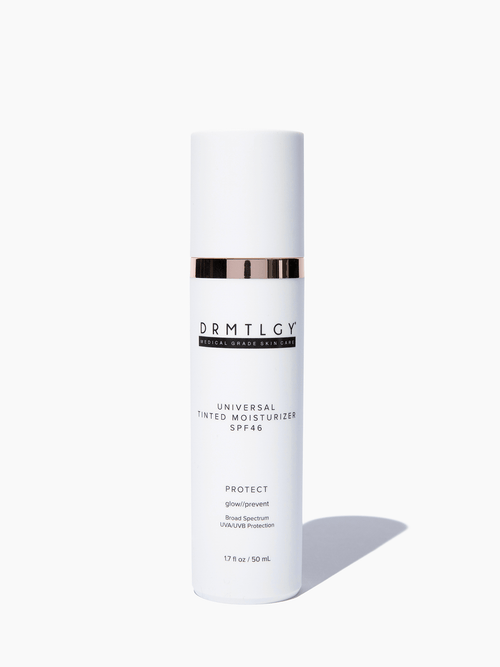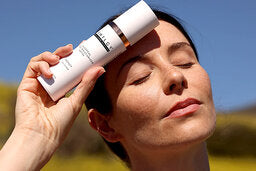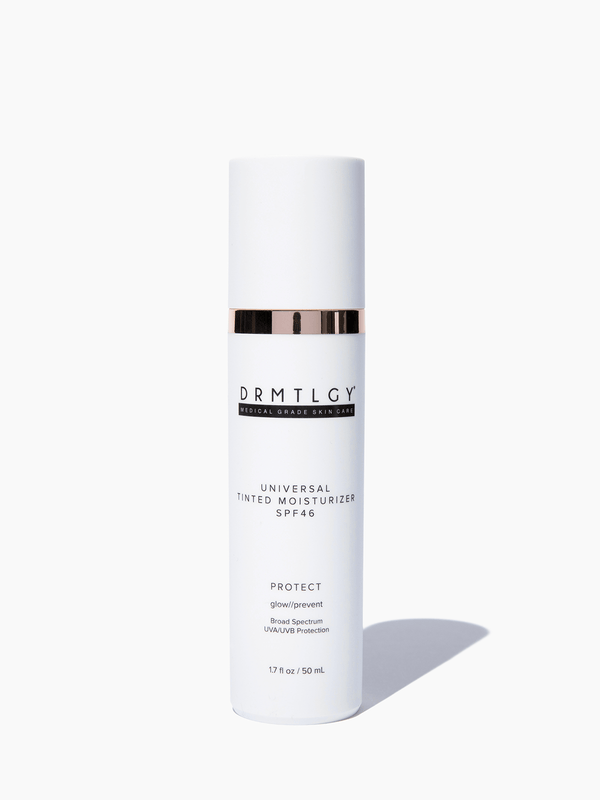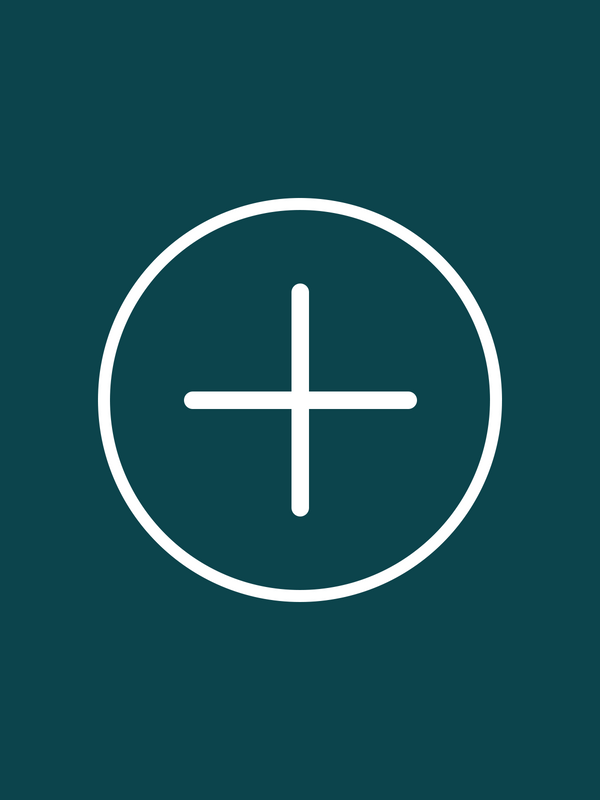Known in many circles as the holy grail of skincare ingredients, retinol is a derivative of vitamin A that's often found in over-the-counter anti-aging products. But what exactly makes it a "holy grail"?
Well, one look at the skincare benefits it offers tells you all you need to know. Between clear pores, plumper skin, improved tone and texture, increased collagen production, added hydration, reduction of the appearance of fine lines, and more, it's no wonder that this ingredient is a mainstay in virtually any anti-aging regimen.
If you want to give this ingredient a test-drive for yourself, we don't blame you. But before you do, here are six frequently-asked retinol questions you should know the answers to.
6 Commonly Asked Questions about Retinol
Is retinol safe to use for my skin type?
Forget the horror stories you've heard -- retinol is perfectly safe to use for all skin types, provided you use it correctly.
However, if you have sensitive skin or skin conditions like rosacea, you should take extra care when using retinol for the first time. Those with over-exfoliated or sun-damaged skin should avoid the ingredient completely, as should women who are pregnant or breastfeeding.
If you're ever unsure, talk with your dermatologist before starting a retinol regimen, especially for higher-strength or prescription products.
How do I incorporate retinol into my skincare routine?
If you're new to retinol, it's best to take the low and slow approach. This method uses a product with a low concentration of retinol and a low frequency of application, slowly increasing both as your skin grows a tolerance to it.
Here's how it works:
- Cleanse and tone your face with gentle products
- Apply a pea-sized amount of retinol for your entire face, avoiding creases and folds around your nose and mouth
- Layer a moisturizer over it (again, one without any actives in it)
- Wait a couple of days to see if your skin reacts to the product
- If you don't see a reaction, apply the retinol once or twice a week. Over the course of several weeks, ramp up the frequency to three times a week or every other day slowly increasing 1 day a week every 2 weeks.
- If you see signs of irritation, wait until the symptoms subside and try again, this time mixing it with your moisturizer or layering it over a toner that's free from any actives
It's important that you use retinol only at night, and not at the same time as other actives like AHAs, BHAs, or other retinol products.
Although retinol is a great ingredient, it has the potential to irritate your skin if you're not careful. That's why it's best to avoid using it with other ingredients that may do the same, especially if you're just starting out.
You'll also want to incorporate a great broad-spectrum sunscreen with an SPF of at least 30 while you're on a retinol regimen. (This is actually something you want to be doing already, given the benefits, but a reminder wouldn't hurt!)
Retinol has a tendency to make skin sensitive to sunlight, and any sun damage your skin gets will only set you back in your skincare journey.
How long does it take to see results from a retinol regimen?
Don't expect overnight results with retinol -- consider it an exercise in patience instead.
Stronger or prescription strength products can certainly make an impact in only a few weeks. With OTC products, though, you should expect to see results anywhere between 2-6 months of regular use.
Just remember to take it slow, as it's easier to increase the frequency of application over time or buy a stronger product than it is to heal irritated skin.
What should I do if my skin has a bad reaction?
The most common side effects of retinol use include irritation, redness, peeling, and dryness, as well as itchiness and scaly patches in more severe cases. However, minor side effects typically go away after a few weeks of regular use. This typically occurs if you apply too much product or apply it too frequently. More product is only more irritating and not more effective.
Another thing to watch for is something called purging, especially if you have acne-prone skin. Retinol works by speeding up the skin cell turnover cycle. This brings any clogs in your pores to the surface faster, which then manifest as breakouts in the areas you usually see pimples in.
Don't reach for the pimple cream just yet, though -- this is totally normal. Stay the course with your retinol regimen, and your accelerated turnover cycle will get rid of those dreaded pimples in due time.
But what should you do if you're experiencing excessive irritation or breakouts in areas you don't normally have them in? You'll usually see this if you use retinol too frequently, use a product that's too strong, or use other actives at the same time.
If you find yourself in a situation like this, stop using the retinol immediately. Switch over to a gentle, non-irritating skincare routine until the side effects go away. You can try again once your skin is back to its baseline, but consider trying a lower strength product or using it less frequently instead.
When is the best time to start a retinol regimen?
The short answer: People of all ages can benefit from having a great retinol in their skincare routine.
It's especially helpful to use once you hit your thirties, as this is when your body starts to produce less collagen (aka the protein that keeps your skin soft, supple, and youthful-looking).
On the other side of the spectrum, no one is too young either. Remember, dermatologists routinely prescribe strong retinoids like Retin-A to teenagers to help them control their acne.
So whether you're looking to get rid of hormonal breakouts or add a youthful glow to your skin, retinol's wide range of benefits can help you at almost every stage of your life.
What's the best form of retinol to use for my skin type?
With such a wide variety of retinol formulas out there, it can be confusing to know which one is best for you and your skin. It can be tempting to go straight for the strongest product out there, since these are more likely to give you visible results faster.
But when it comes to retinol, the fastest way to the skin you want is often by taking the slower route. Simply start with the gentlest formula you can find, and if you like the results you're getting, work your way up to stronger products over time.
You'll still get the results you're looking for, and in most cases, you'll experience less intense side effects along the way -- a win-win situation, if you ask us.
Refreshed Skin is Only a Bottle Away with DRMTLGY
If you're unsure which retinol is right for you, the Retinol Complex .5% is a great choice for skincare beginners and experts alike.
Why? Our formula includes 0.5% retinol, which works in harmony with vitamin C and E to dramatically refine the appearance of textured and hyperpigmented skin. Meanwhile, our proprietary Trans-Epidermal Carrier further enhances the effects of retinol so you see visible results faster.
Plus, with our 60-day money-back guarantee, you can test out the product for two whole months to make sure it's the perfect fit for you and your skin.
Ready to learn more? Visit the product page here.
References
The American Journal of Pathology, June 2006, Volume 168, Issue 6, pages 1861-1868
American Journal of Clinical Dermatology, April 2011, Volume 12, Issue 2, pages 87-99
Clinical Interventions in Aging, December 2006, Volume 1, Issue 4, pages 327-348
Journal of Cosmetic Dermatology, 2015, Issue 15, pages 49-57















